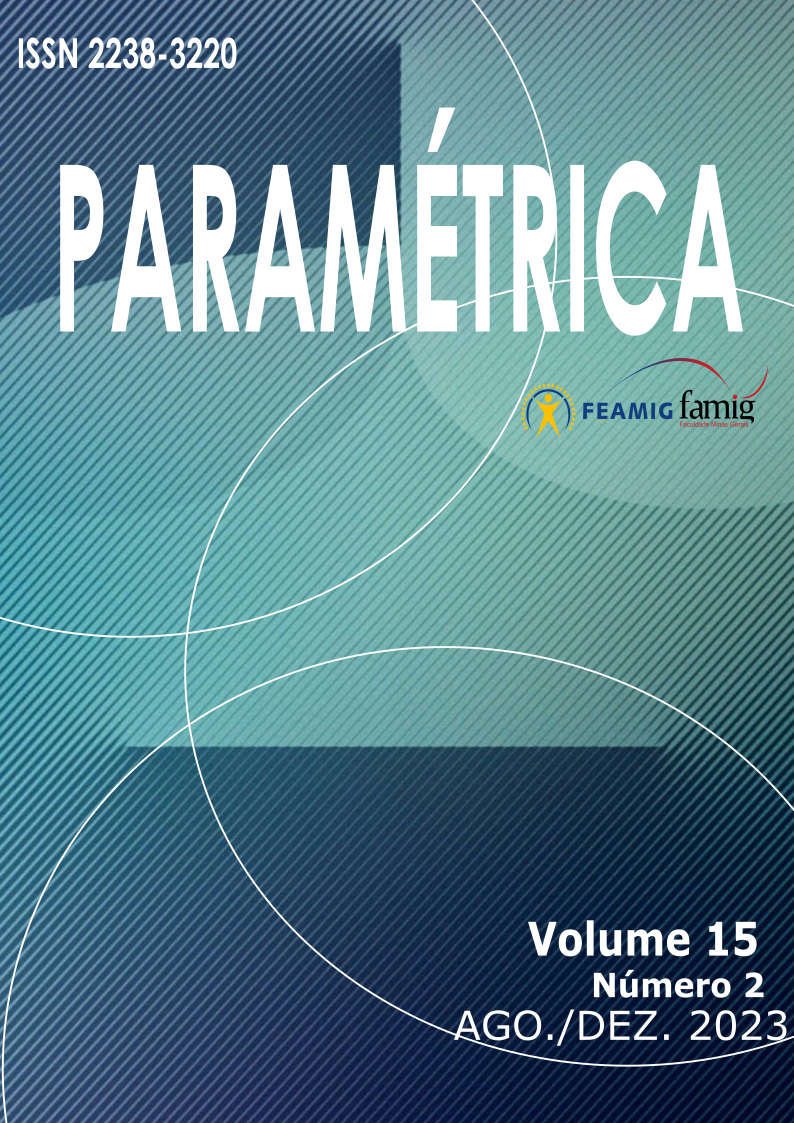Modular coordination in commercial size ceramic finishing
Keywords:
coordenação modular; Industria aberta; acabamento cerâmico; modulo.Abstract
In recent decades, modular coordination has been studied, analyzed and implemented in much of the world as a sustainable, practical and efficient design and construction solution. In the 1980s, international standards defined 100 mm as the basic module, given the importance of modular coordination for the development of civil construction worldwide. When we analyze the manufacture of ceramic finishing materials based on technical standards and the proposed modulation coordination concept, we can see that it is up to the manufacturers to apply the methods, which often makes it impossible to use these finishes in projects conducted by modular coordination. . In 2010, NBR 15873 replaced a series of previous standards, simplifying and refining the concepts of modular coordination in the country, making it very clear, among other issues, the value of the module to be adopted in design, execution and manufacturing for the use of the coordination method. modular. Therefore, a current investigation is necessary to demonstrate whether the open ceramic finishing industry follows the global trend and contributes to the implementation of modular coordination, creating standardized products that meet the necessary requirements for large-scale use in projects that use the method. . Clearly demonstrating whether the products offered by the open industry can be used without concerns in modular projects or demonstrating which commercial dimensions are indicated for using the method, signaling its commercial advantage.


